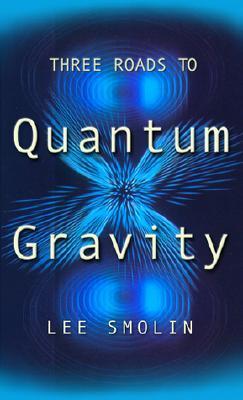
Quantum Computation and Quantum Information
Book Description
Unlock the mysteries of the universe where bits become qubits and computations defy the limits of reality. "Quantum Computation and Quantum Information" dives into an electrifying realm of possibilities, revealing how entanglement and superposition are poised to transform our world. With each page, the boundaries of science blur, sparking a revolution in technology, cryptography, and intelligence. As classical limits crumble, a new frontier emerges, promising unimaginable breakthroughs. Can the powers of quantum mechanics lead to a future beyond our wildest dreams, or will the quest for understanding spiral beyond control? The stage is set—are you ready to explore?
Quick Book Summary
"Quantum Computation and Quantum Information" by Michael A. Nielsen (with Isaac L. Chuang) is a seminal work exploring the foundations and frontiers of quantum computing and information science. The book systematically examines quantum bits (qubits), the unique operations they enable, and the remarkable consequences of quantum phenomena for computation and communication. Readers journey from the basic principles of quantum mechanics to practical algorithms and cryptographic protocols, gaining appreciation for the strengths—and subtleties—of quantum theory. Along the way, key themes such as entanglement, superposition, and the no-cloning theorem are explored in depth, showing how they set quantum information apart from its classical counterpart. Surveying both foundational knowledge and cutting-edge discoveries, Nielsen and Chuang provide a rigorous but accessible guide that has become the definitive reference for students and researchers alike.
Summary of Key Ideas
Table of Contents
Understanding Qubits and Quantum States
The quantum bit, or qubit, forms the fundamental building block of quantum computation. Unlike classical bits, which are always in a definite state of 0 or 1, qubits exploit the quantum properties of superposition and interference, allowing them to exist simultaneously in multiple states. This richer state space gives quantum computers a potential advantage, but also introduces new mathematical and conceptual tools, such as the Dirac notation, quantum gates, and the density matrix. Understanding these basics is essential for grasping the later, more complex phenomena central to quantum information science.
Quantum Algorithms and Computational Power
Quantum algorithms leverage the unique properties of qubits to solve problems more efficiently than classical counterparts. Landmark examples include Shor’s algorithm, which factors large numbers exponentially faster, and Grover’s algorithm, which accelerates database searches. These breakthroughs illustrate the power—and limitations—of quantum computation, as not all problems see the same quantum speedup. A core challenge is to design algorithms that fully exploit phenomena like interference and entanglement, revealing fundamental insights into computational complexity and the boundaries of what is computable.
Entanglement and Quantum Communication
Entanglement is a defining feature of quantum mechanics that underpins the distinctive potential of quantum communication and computation. When qubits become entangled, their combined state defies simple description, even over large distances. This enables feats such as quantum teleportation and superdense coding, vastly enhancing communication efficiency. The book details the mathematics of entanglement, protocols for harnessing it, and its implications for our understanding of non-locality, causality, and information.
Quantum Error Correction and Decoherence
Quantum error correction and the mitigation of decoherence are critical for practically realizing quantum computers. Quantum states are fragile and susceptible to errors from the environment—decoherence—which rapidly destroys information. Novel error-correcting codes and fault-tolerant designs allow quantum systems to recover from certain errors without measuring or collapsing their states. The authors describe the theory and practice of these techniques, emphasizing their necessity for scalable, reliable quantum information processing.
Quantum Cryptography and Security
Quantum cryptography applies quantum principles to secure communication, promising security that even quantum computers could not break. Protocols like quantum key distribution exploit quantum uncertainty and the no-cloning theorem to guarantee security in a way unattainable classically. The book explores both the design of such protocols and the broader implications for security, privacy, and the future of information technology in a quantum-enabled world.
Download This Summary
Get a free PDF of this summary instantly — no email required.





